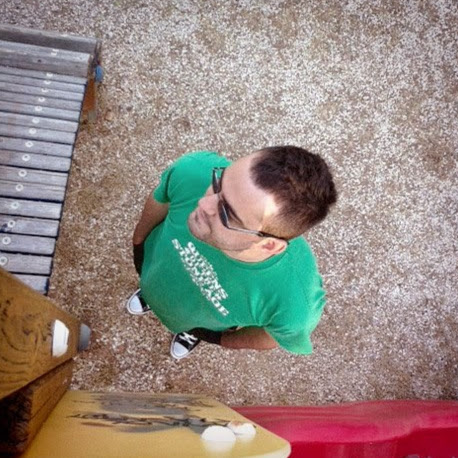My accountant didn’t like the logo
In the realm of brand identity design, sometimes there is a certain expectation from a piece of commissioned visual communication work. Often, it’s an expectation not based on research, but merely on a “feeling” that it has to be a certain way — a case of comfortable “intuition”.

Brand identity design is not a beauty contest. To lower its importance when deciding on the budget details of a project shows a lack of responsibility. Viewing branding simply as logo design or wordmark typography is a dangerous starting point.
Brand identity design and expensive failures
We see communication professionals and their customers sticking to such a shallow decision “strategy” when deciding on branding. As a consequence they then have to face the ugly truth: the end-users do not “understand”, or trust their product or service. And this failure can be really expensive!
The perception of the product, created by the designer’s and the customer’s biases, is not the key to its success. It is how people understand and experience your product that counts. As John Berger says, “the way we see things is affected by what we know or what we believe.”
Design work and market perception challenge our biases towards how we emotionally react to a brand.
Some argue that you do not even need branding to access a market, and that their experience is all the proof they need. This is worse than just a fallacy, as it is a misconception. It is the result of taking the value of a product as a whole, and not examining the influence of design on any step of the process.
This is why brand identity design as a holistic process is important. Focused branding can help a weak product. But it can also help a strong or more straightforward product. Greater value is always better than great value.
Of course, if done wrong, bad communication or poor branding can also lower the value of a product. This can be the result of a misconducted research, an unfortunate validation that the initial assumptions were not entirely correct, or a poor selection of communication tools*.
Make what you need, not what you like
If your product is not an art project, you can’t get away with it. Designing something in a way that satisfies your personal preferences (as a designer or as a customer) is plain irresponsible. In brand identity design, focusing on the target market is more sensible, no matter the clarification level. The latter is good, but nevertheless there needs to be some kind of a more valid focus point to work with.
You can easily tell when the direction is wrong, when one asks for a certain solution, instead of providing the details on the problem that needs to be addressed.
It is the branding professional that needs to direct this process, and educate the client if there is any ambiguity on how the decisions will be made.
Branding does create value, even in a product’s early stages.
Most of the time, a well-structured presentation of the requirements is adequate to move things towards a desirable direction.
Having said that, it’s important to note that vague and unsupported negative feedback is sometimes indeed a valuable resource, if the focus is right.
Feedback such as “My accountant didn’t like the logo” could be of some value, if the target actually is accountants.
Further reading
Designing Brand Identity: An Essential Guide for the Whole Branding Team
(Alina Wheeler, 2003) http://amzn.eu/0GFAzgR
Design is a Job
(Mike Monteiro, 2012) https://abookapart.com/products/design-is-a-job
Ways of Seeing
(John Berger, 1972) http://amzn.eu/gbgvH11
* the recent film “The Square” by Ruben Östlund shows an example of such a communication failure in its greatness
